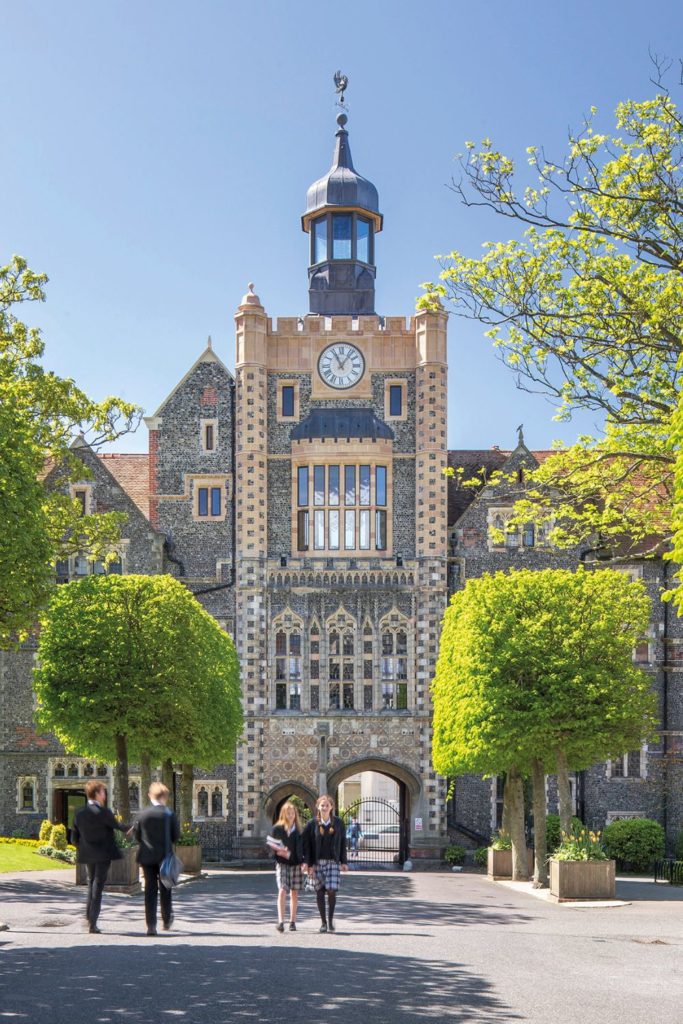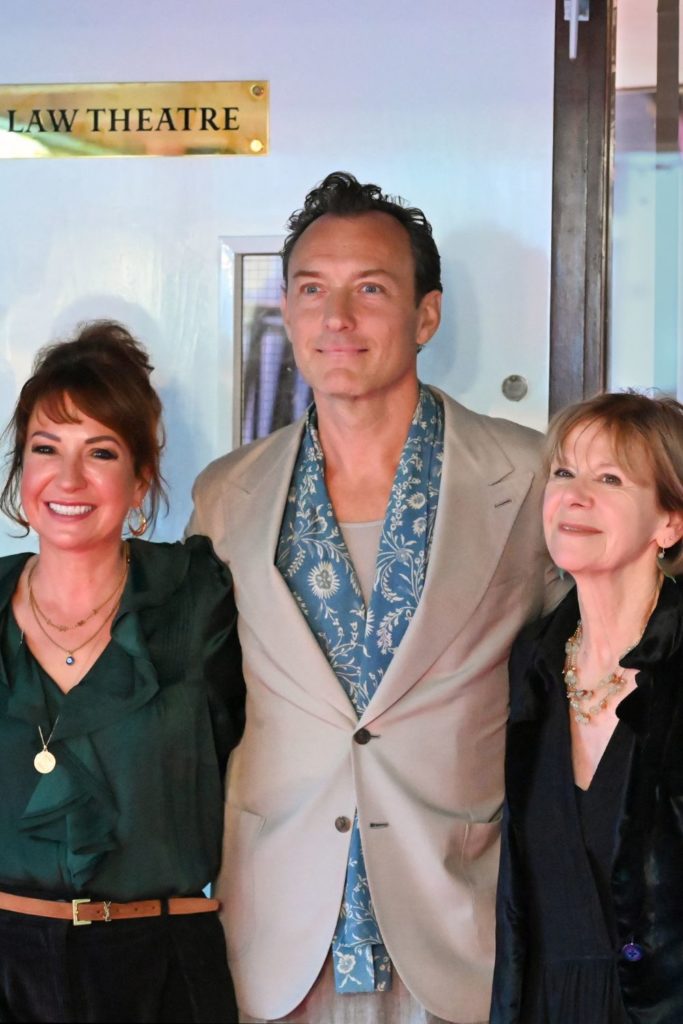Creative Scholarships & Bursaries
By
6 years ago
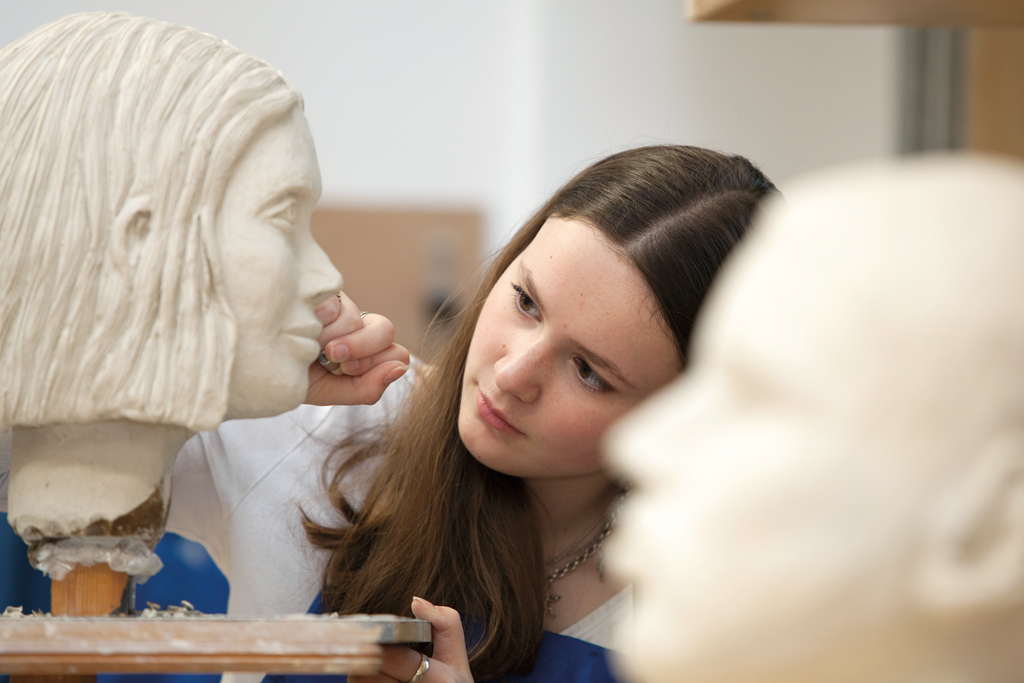
Creative Reward
Emma Love explores the means by which schools support talented artistic pupils through creative Scholarships & Bursaries

It’s a well known fact that talented dancers and musicians need to be properly nurtured and supported from a young age. This is the thinking behind the government’s long-standing, means-tested Music and Dance Scheme, which offers financial help for specialist education at eight independent schools and more than 20 centres for advanced training across the country. ‘The aim of the scheme is to help identify and assist children with exceptional potential, regardless of their personal circumstances, to benefit from world-class specialist training as part of a broad and balanced education,’ commented the MDA advisory group in a statement in 2001, before the scheme was introduced in its current guise.
Schools that are part of the scheme include Wells Cathedral School, the Royal Ballet School and The Purcell School, Britain’s oldest school for young musicians. ‘People’s perception of specialist schools might be that they are elite, which they are in terms of the standard of students, but with regard to finance it’s hugely important that parents know there are opportunities for their child to audition if they are talented,’ says Ruth Blake, fundraising and development manager at The Purcell School, where 79 per cent of students receive full funding from the MDS scheme. ‘Students are only auditioned on their musical talent and not on their ability to pay. We know nothing about their financial circumstances when they arrive and it’s not a question we ask at that stage.’
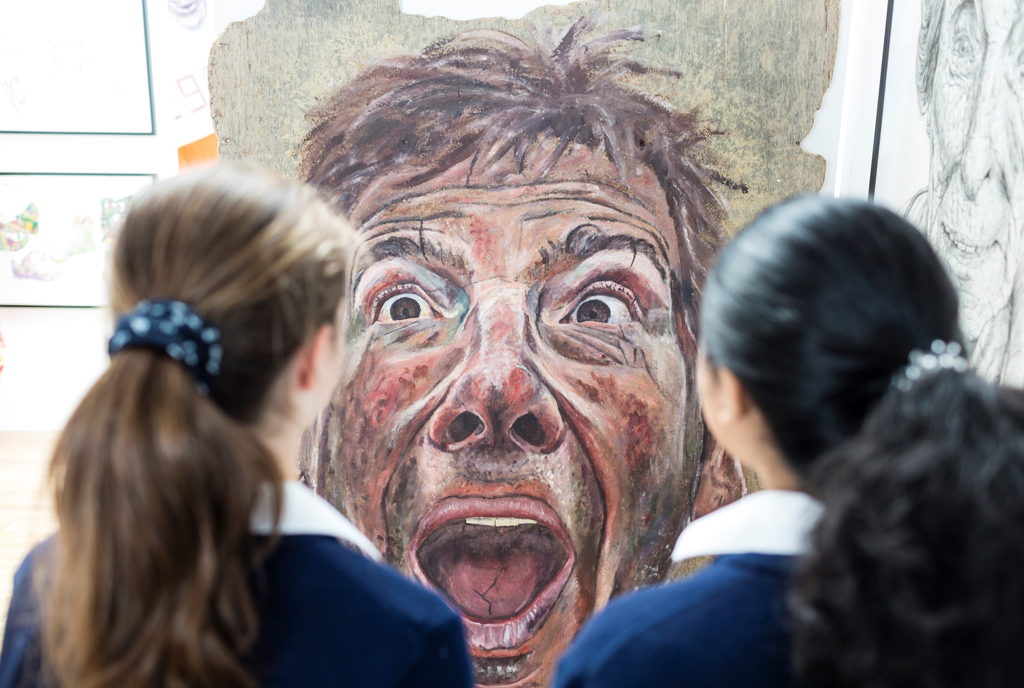
It’s the same situation at Elmhurst Ballet School, which has close links with the Birmingham Royal Ballet. ‘It’s my passion to dispel the myth that specialist schools are for rich kids,’ says Principal Jessica Wheeler. ‘What we’re here to do is nurture young people who have the talent to be dancers, artists and choreographers of the future. Our motto is that talent is classless and we do everything we can to facilitate those coming in, no matter what their background. No parent should be put off considering training at this level for their child.’
While there are no set academic criteria, the school takes a holistic approach to education which means equal importance is placed on other subjects too. In the lower school, 86 per cent of pupils receive funding from the MDS scheme; in the sixth form, the school is one of 17 across the country (others include Laine Theatre Arts and the Northern Ballet School) to receive funding though the means-tested Education Funding Agency’s Dance and Drama Awards, which are available for those aged 16-23. ‘The difficulty we have is that this award was only set up for pure dance training and we offer boarding, A-levels and a healthcare programme too, so we fundraise ourselves to try and meet that shortfall,’ explains Wheeler.
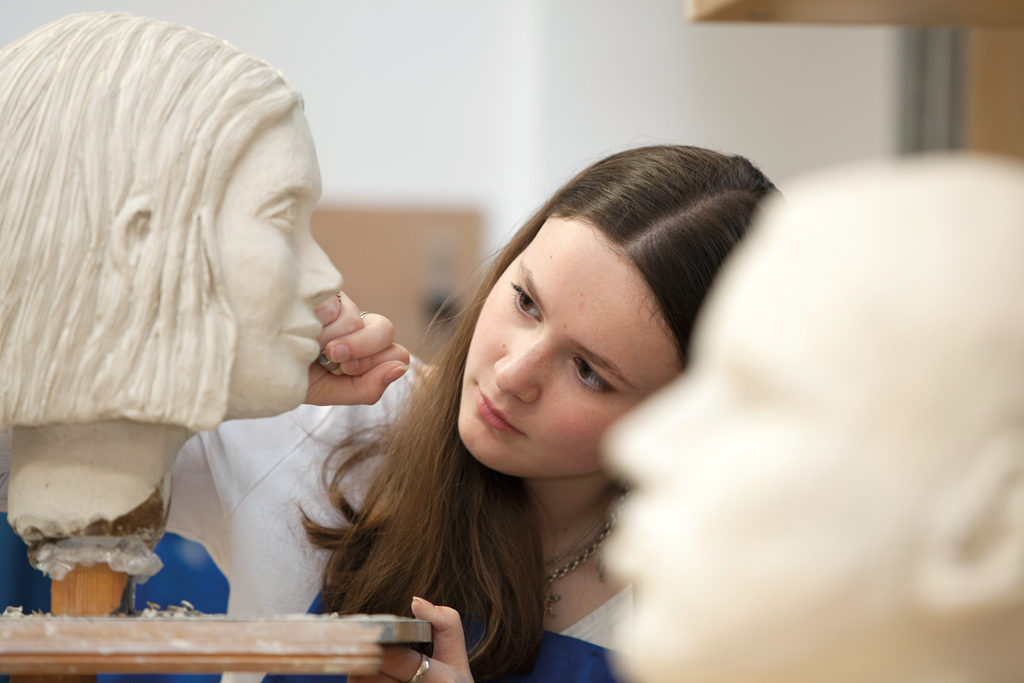
Of course it’s not just specialist schools that champion the arts. Take Bedales for instance, which is known for fostering creative talent. Two years ago the school shifted its approach to scholarships
so that they align more closely with the school’s aim of developing ‘inquisitive thinkers with a love of learning who cherish independent thought.’ Now, instead of a reduction in school fees, art, design, drama and music scholarships all come with a research grant of £500. ‘We looked at scholarships and asked the question, how are they useful,’ explains Phil Tattersall-King, Deputy Head, Co-Curricular. ‘A good scholarship allows for opportunities for growth, so we decided to ring fence the money for a project of the student’s choosing which develops their area of creativity.’ He cites a drama student who is planning to use the grant to put on their own play next year and music students accessing additional, out-of-school music lessons in different genres, as examples.
Alongside the scholarships, means-tested bursaries, including fully funded places, are offered through a separate charity, the John Badley Foundation (successful applicants also need to show talent or potential in at least one specialist area, such as art, design, sport or academic). ‘We have always offered bursaries but a few years ago it was stepped up a gear in terms of commitment. The school matches donations received, which is appealing to donors and means we can help transform the lives of more great young people,’ says Tattersall-King.
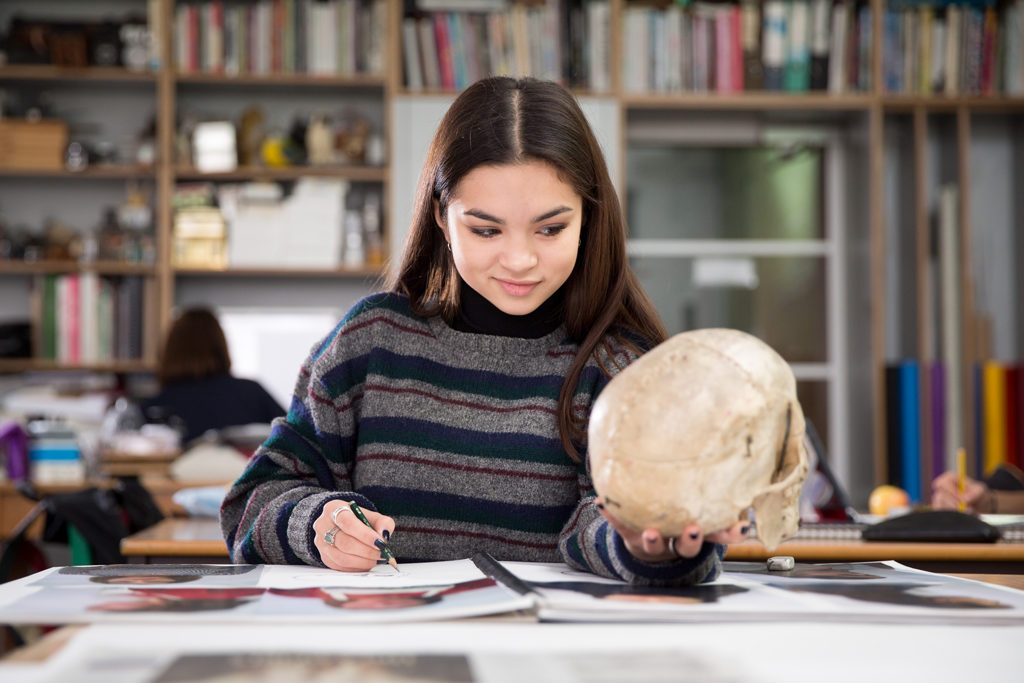
Whichever school pupils are considering, the competition for scholarships is tough. ‘It’s not unusual to have students apply for a scholarship who are working a whole key stage above where they would be expected to be,’ confirms Eve Feilen, Head of Humanities and a subject leader in art and design at Heathfield School. ‘We believe in rewarding young people for outstanding practice and if there is more than one candidate who exemplifies this, we would consider all possibilities to extend the scholarship numbers.’
As well as the accolade that comes with simply being awarded an art scholarship, the school also has a Scholars’ Programme, which consists of a series of events and workshops. ‘There is an emphasis on sharing best practice, for instance, an A-level scholar delivering an oil painting workshop to Form II students. As part of this they are able to monitor their progress in specifically designed journals. We would also expect the older art scholars to take part in life drawing and join in workshops, such as printmaking or fashion, led by outside providers,’ says Feilen.
Caroline Lang, sixth-form registrar and senior sixth-form tutor at Moreton Hall, agrees that the kudos of an arts scholarship is part of its appeal but it also allows more academic pupils to still shine creatively after their GCSEs. ‘We have one girl in year 9 who is academically brilliant but also has an art scholarship. She may well be a future Oxbridge candidate for a subject such as PPE, but having this scholarship now has enabled her to continue valuing that creative part of who she
is,’ she says. ‘Creative scholarships celebrate the fact that talent comes in many shapes and sizes; that really is hugely important to us. We also give art scholars a membership to the Royal Academy, which is just one way that we try to encourage that sense of them as artists exploring the wider world of art.’
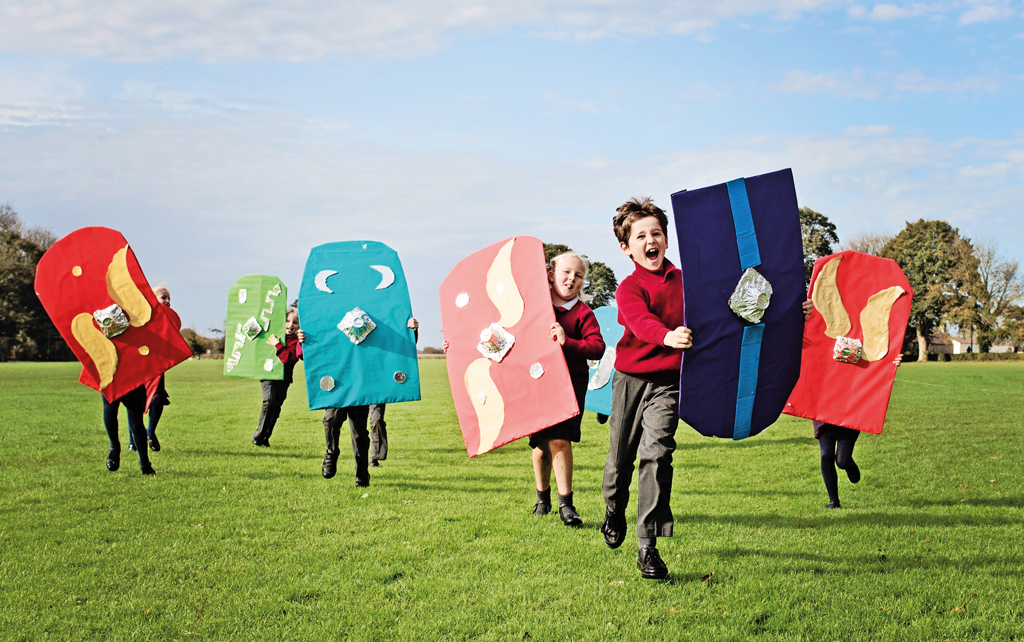
This idea of rewarding inventiveness in all its forms is something that is also being embraced at All Hallows Prep. To mark being shortlisted for the TES Creativity Award 2019 in September, the school introduced two new creative awards: scholarships (with free weekly boarding) and bursaries for local day pupils in Somerset. ‘For us, creativity is about much more than artistic skills and being able to draw; we use the term creativity in a much broader sense,’ says head, Dr Richards. ‘Creativity can be seen as the preserve of designers, artists and performers, but this should be far from the case. Our children need to be allowed to explore their creative sides to enable them to go beyond the straightforward regurgitation of rote learning and let them develop the confidence to produce their own ideas.’
Teachers in all subjects take a hands-on approach, whether that means recreating a battle during a history lesson in the school’s outdoor classroom or demonstrating erosion during geography by throwing buckets of water against a wall. ‘It’s just about bringing everything alive and making it as interesting as possible,’ confirms Richards. What’s clear is that however creativity is interpreted, whether as a way of allowing younger pupils’ imaginations to run free or as a traditional taught art form, it is something to be encouraged – and specialist bursaries and scholarships are one effective way of doing just that.

This article was originally published in School House, Scholarships & Bursaries 2019/20. Read more here.

